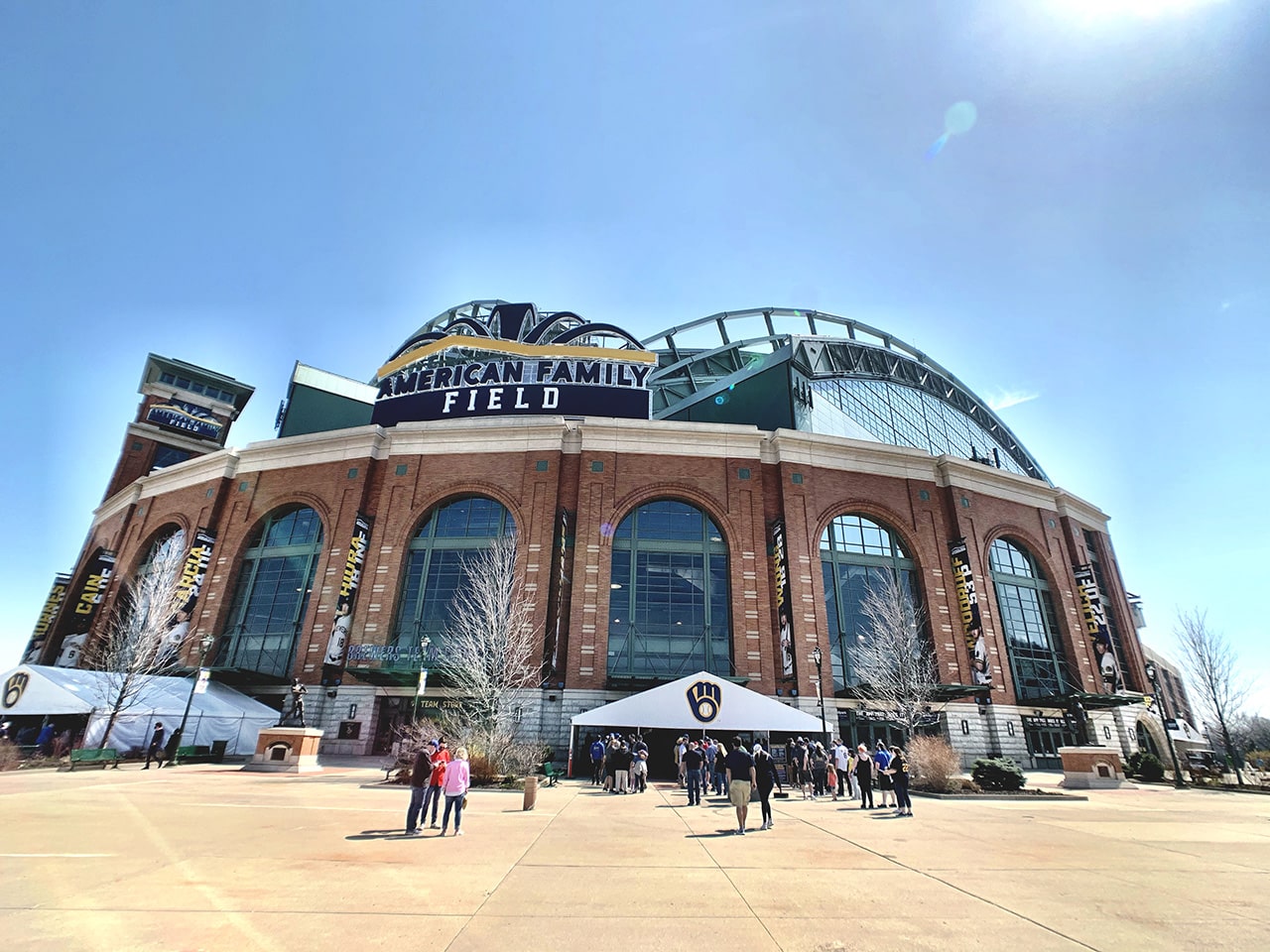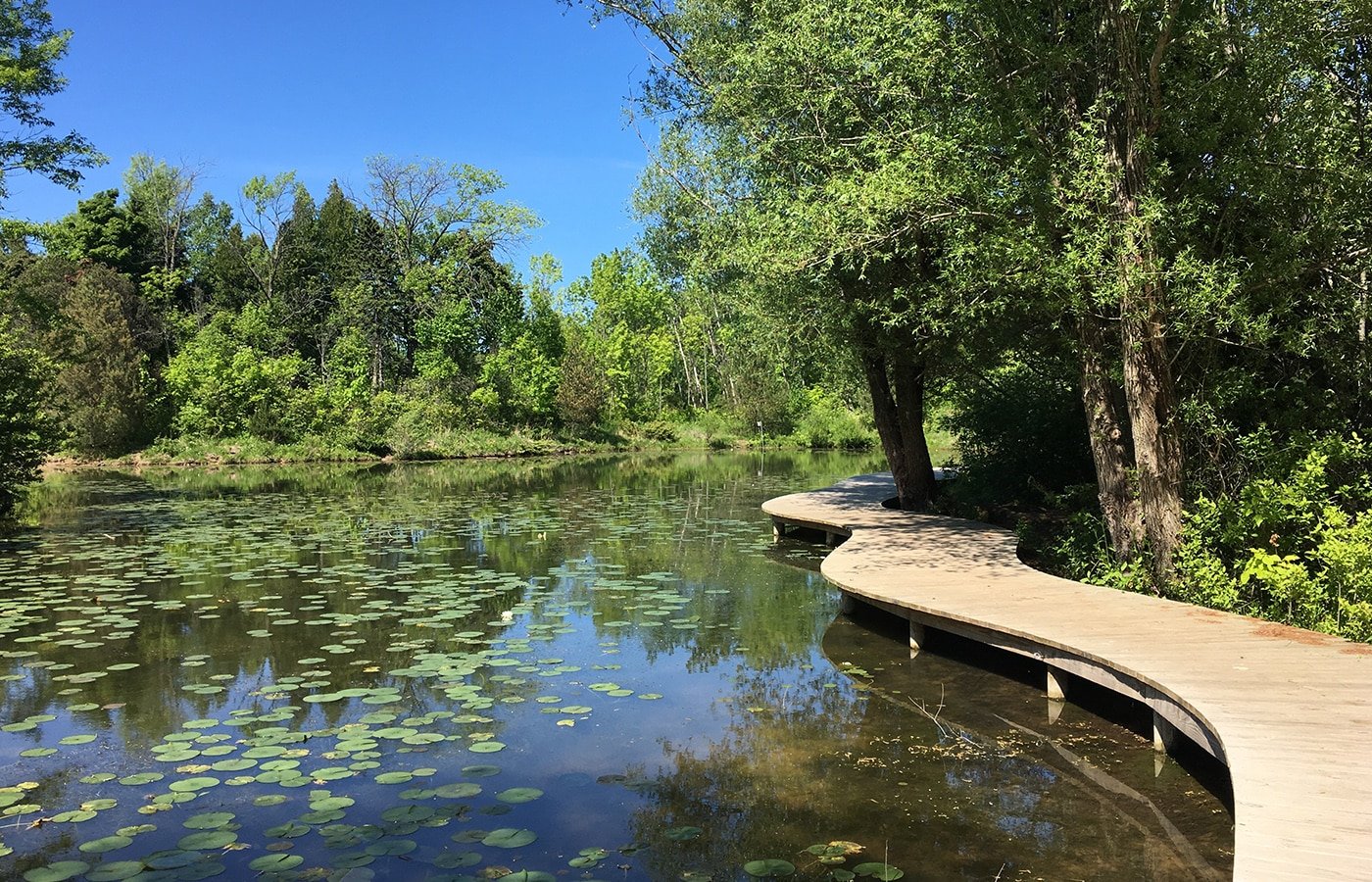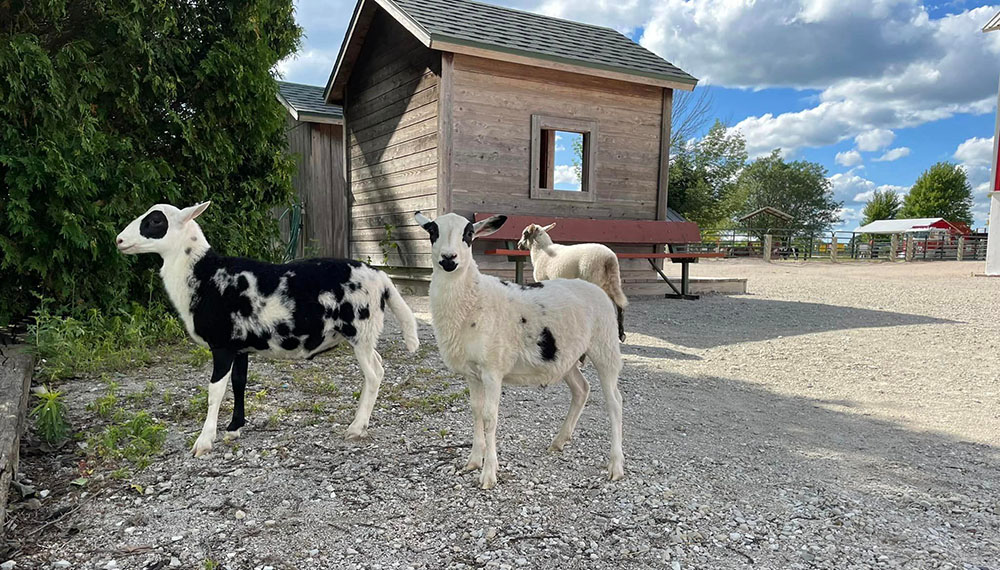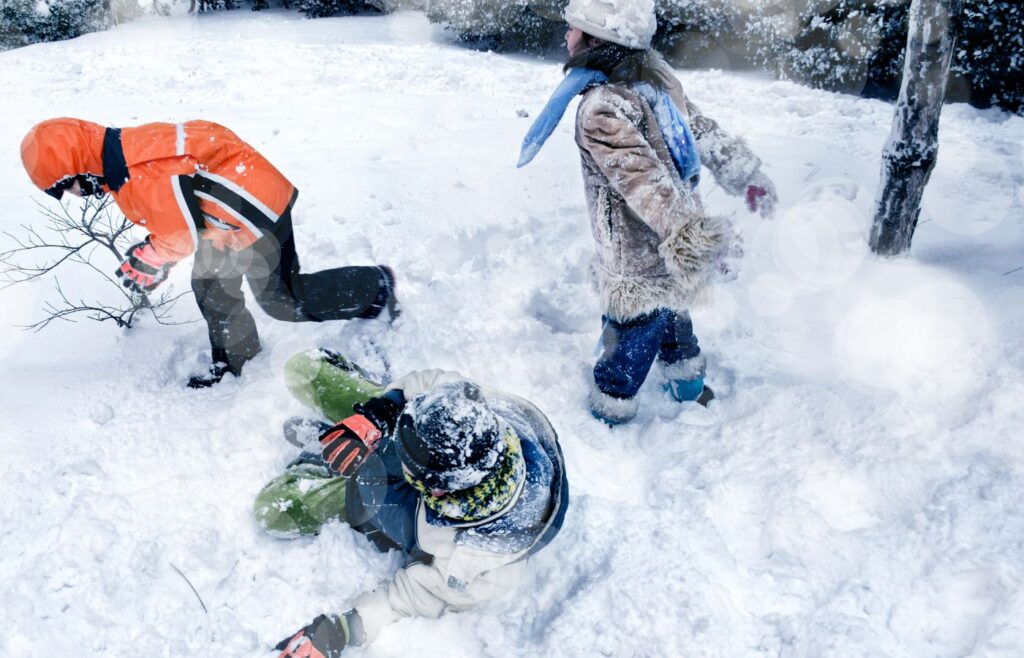
Winter is officially here and the snow has begun to fall.
Kids all over the northern hemisphere are slipping on their snow boots and heading outside to play.
There’s no question that snow makes the cold more fun, but it’s also fascinating to learn about!
Here’s a blizzard of 50 fun facts about snow that your kids will love:
50 Facts About Snow for Kids
1. Each year, at least 1 septillion snowflakes fall from the sky.
That’s 1,000,000,000,000,000,000,000,000. (24 zeroes!)
2. Snow forms in clouds.
When the temperature is below freezing (less than 0ºC or 32ºF), snow begins to form in the clouds.
3. You need dirt to make snowflakes.
Snowflakes are made of tiny ice crystals that form on tiny bits of dirt in the air.
4. Snowflakes grow on the way down.
As the crystals of ice grow, they become heavier and fall toward Earth.
5. Some snowflakes are made of one single ice crystal.
6. Other snowflakes are made of up to 200 ice crystals joined together.
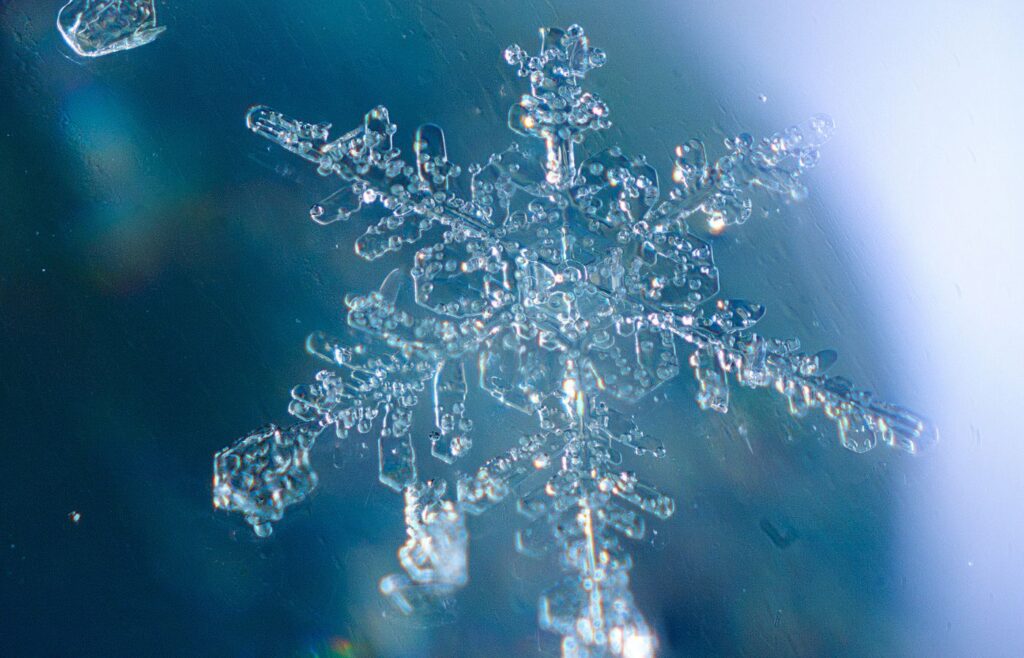
7. Probably no two snowflakes are exactly the same.
But they can look alike. One scientist found two identical snow flakes from a snowstorm in Wisconsin.
8. Snowflakes can be symmetrical six-sided shapes.
Like the ones you make from a piece of paper!
9. A snowflake is made of frozen water, so it has two hydrogen atoms and one oxygen atom (H2O).
Water molecules are shaped like a V, so when they align and freeze together, a hexagon shape develops.
10. Snowflakes can also be irregular and have different shapes.
11. There are 35 different types of snowflakes.
Science blogger Andy Brunnin has painstakingly catalogued 35 different types of snowflakes:
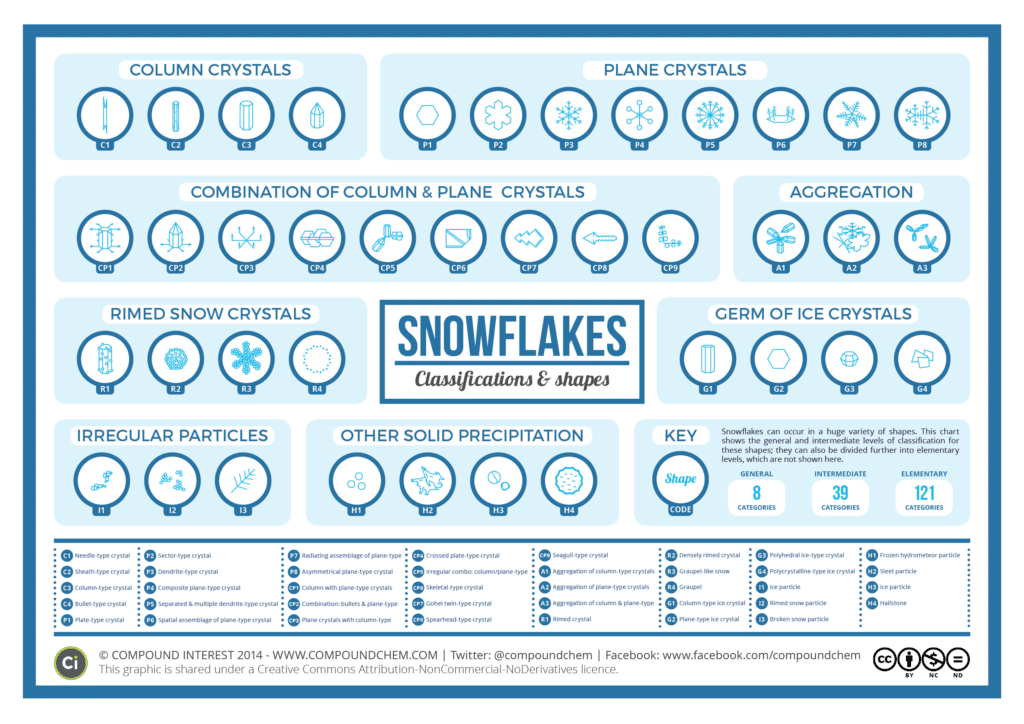
12. The air temperature around a snowflake determines its shape.
Needle-like crystals form at 28 degrees F, while low temperatures of 23 degrees F will lead to flat crystals.
13. Snow is actually not white. It’s clear.
It appears white because of the way the sun reflects off of the ice crystals.
14. Snow can appear in a wide variety of colors.
Dust particles, pollution or fresh-water algae can color it black, orange or blue.
15. A snowstorm or winter storm is when there is a heavy snowfall and a lot of snow accumulates on the ground.
16. A blizzard is a severe snowstorm that has high winds of at least 35 mph and reduced visibility to less than a quarter miles for 2 hours or more.
17. A ground blizzard is when it’s now snowing, but strong winds blow around loose snow, causing lower visibility and making it hard to see.
18. A “thundersnow” is a snowstorm that also has thunder, lighting, and strong winds.
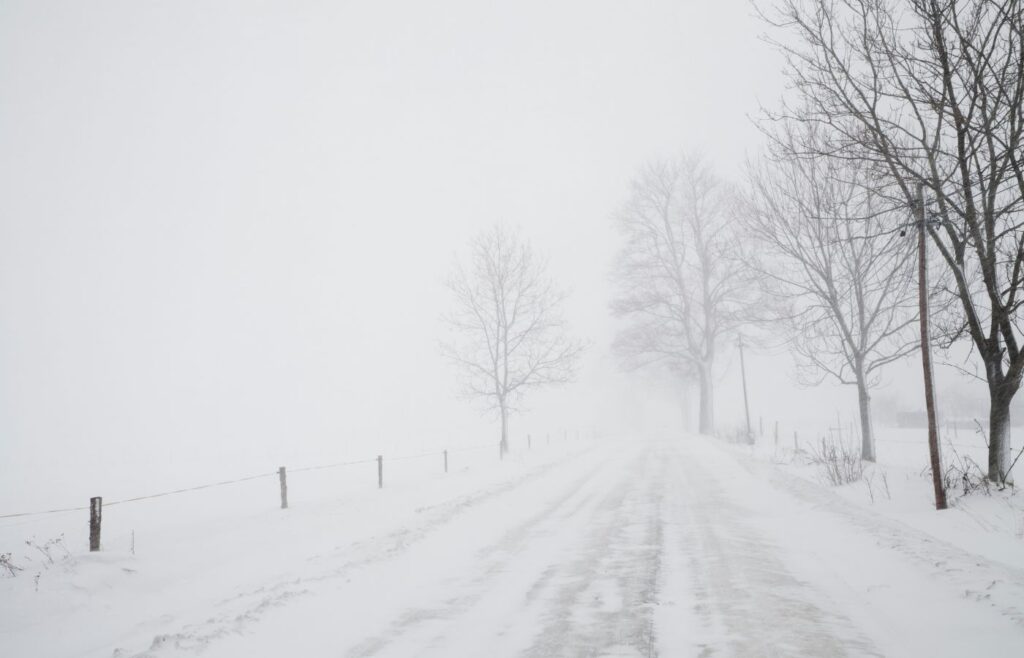
19. Lake-effect snow happens when cold air moves across a large body of warm water.
Water vapor is sucked up into the cold air mass, where it freezes and falls back down as snow.
20. Snowfields are places that are covered in snow year-round.
Examples are the north pole, south pole and in high altitudes on mountaintops.
21. Snow leopards find their habitat in snowfields on mountaintops.
22. As the climate warms, the snow cover on some mountaintops has been shrinking.
This is happening a lot especially near the equator.
23. Snow can cause “snow blindness” because of the ultraviolet radiation it reflects.
You should always wear eye protection when you’re skiing or playing in the snow!
24. The most snow to ever fall in 24 hours happened in Capracotta, Italy on On March 5th, 2015.
100.8 inches (2.56 meters) of snow fell in a 24 hour period.
25. The highest snowfall in the United States in 24 hours fell in Silver Lake, Colorado in 1921.
75.8 inches of snow fell in a one day period.
26. The most snow to every fall in one year fell in Mount Rainier, Washington in 1971.
102 feet of snow fell in a 365-day period.
27. The world’s largest snowflake was recorded at 15 inches across and 8 inches thick.
It was found at Fort Keogh, Montana in the United States on January 28th, 1887. It’s a Guinness Book of World Record!
28. The most snow to every fall in a single day was 63 inches of snow.
It happened in Georgetown Colorado on December 4th, 1913.
29. Snow has never been reported in Key West, Florida.
30. It can be to warm too snow, but it’s never too cold to snow.
31. Snow is just one form of precipitation.
The five other forms of precipitation are drizzle, rain, sleet, graupel, and hail. (Graupel is a soft version of hail.)
32. Light and fluffy snow is often called ‘powder’.
33. Snow melts when it’s warmer than a freezing temperature of 32 degrees.
34. Frost is not snow.
Frost is made from water than was already on the ground.
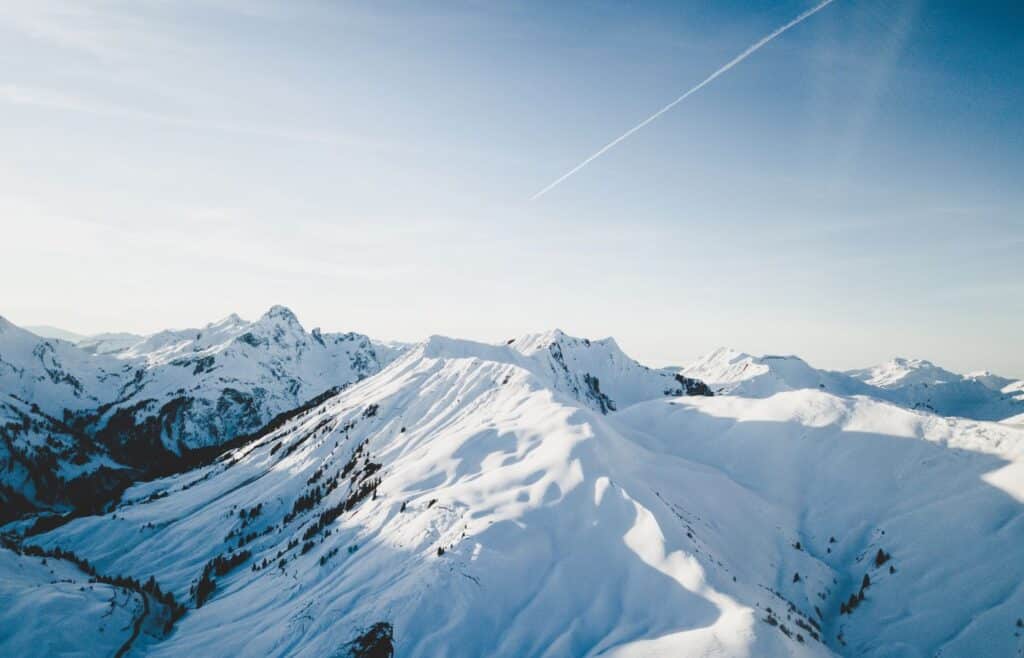
35. It’s possible for snow to fall with warm air as high as 50 degrees.
But only if environmental conditions are just right!
36. When it snows with temperatures above freezing, the temperature will drop. If the snow is falling heavily, the temperature will quickly drop to near 32 degrees. This is due to evaporation and melting, both cooling processes.
37. It takes about 1 hour for a snowflake to reach the ground.
38. Most flakes fall at speeds of one to four miles per hour.
It depends on each snowflake’s size and mass and the surrounding environmental conditions,
39. The largest, heaviest snowflakes can reach speeds up to 9 mph.
40. Snow can appear in a wide variety of colors.
Dust, pollution or fresh-water algae can color it black, orange or blue.
41. Freshly fallen snow absorbs sound waves, making everything seem quieter.
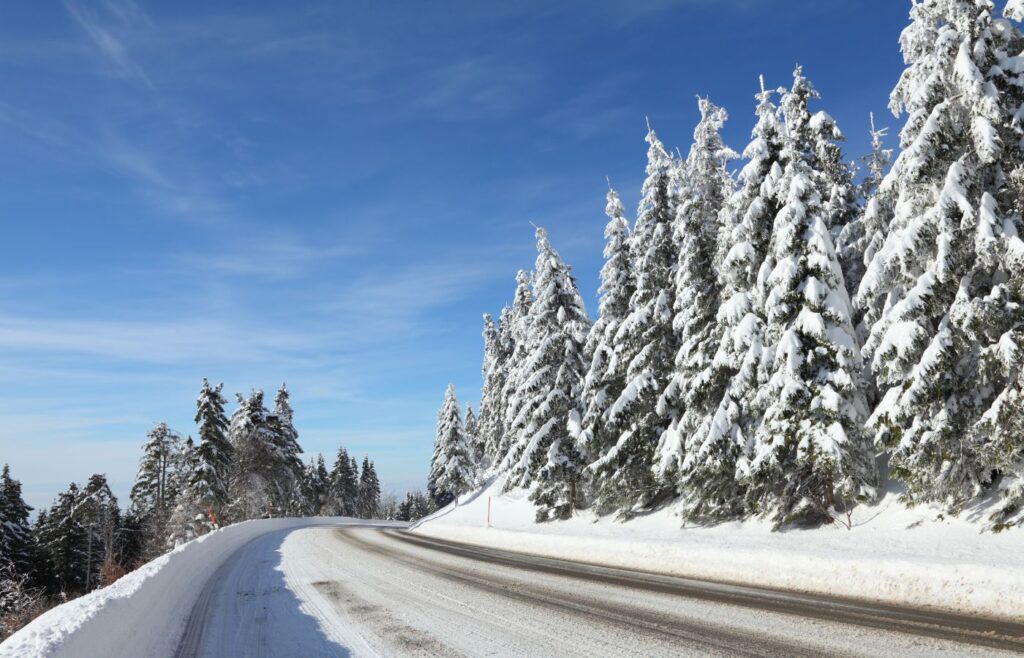
42. The Inuit have 50 words for snow.
43. The Scots language has 421 terms related to snow.
Some words include ‘skelf’ (a large snowflake), ‘spitters’ (small drops of driving snow) and ‘unbrak’ (the beginning of a thaw).
44. On Mars, there are sudden violent snow storms in the summer months.
45. Monkeys have snow ball fights.
Japanese macaques, or “snow monkeys” have been observed playing with snowballs! If you love monkeys, dive into our epic list of surprising monkey facts for kids.
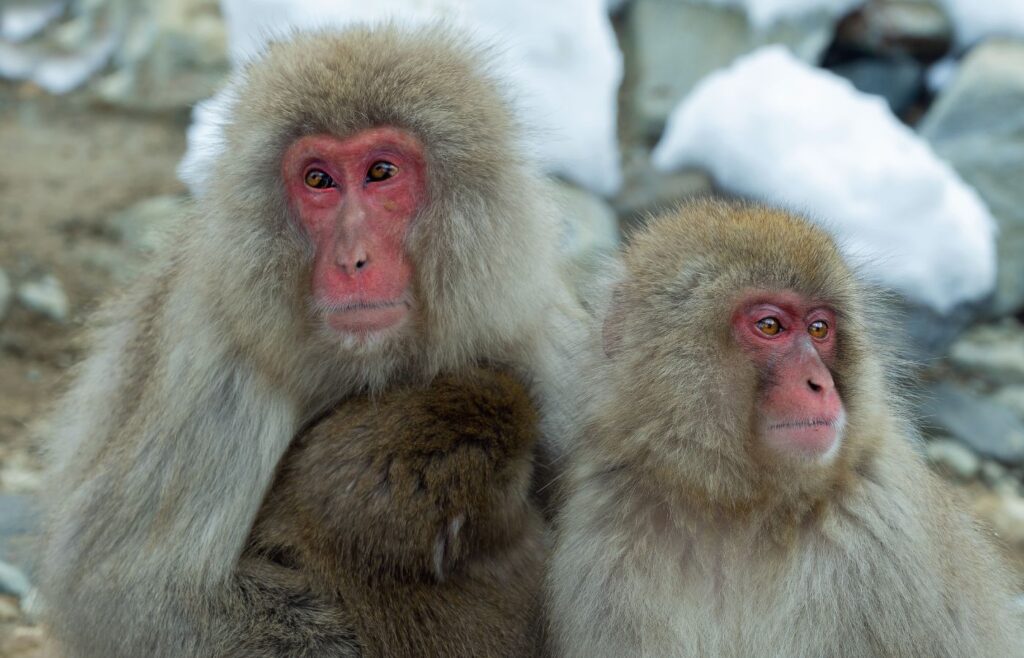
46. Chionophobia is the fear of snow.
It derives from the Greek word for snow “chion”.
47. Snow is a great insulator because it is up to 95% trapped air.
This is why many animals burrow deep into the snow during winter in order to hibernate.
48. Igloos use only body heat to warm them.
They can be 100 degrees warmer inside than outside.
49. The Common Council in Syracuse, New York passed a decree that any more snow before Christmas Eve was illegal.
50. The world’s largest snow ball fight took place on January 12, 2013 in Seattle.
5834 people came together to attack each other with snow balls.
Frequently Asked Questions About Snow
How many snowflakes fall each year?
Each year, at least 1 septillion snowflakes fall from the sky. That’s 1,000,000,000,000,000,000,000,000. (24 zeroes!)
Can snowflakes be the same?
Probably no two snowflakes are exactly the same. But they can look alike. One scientist found two identical snow flakes from a snowstorm in Wisconsin.
How fast does snow fall?
Most flakes fall at speeds of one to four miles per hour. It depends on each snowflake’s size and mass and the surrounding environmental conditions. The largest, heaviest snowflakes can reach speeds up to 9 mph. It takes about 1 hour for a snowflake to reach the ground.
If you loved these snow facts, you’ll also love these fun winter trivia questions for kids. Plus, have a laugh with our epic list of ice puns and jokes.
We hope you loved these fun snow facts as much as we do. Here’s wishing you lots of fun experiences playing in the snow this winter – and maybe even a snow day!
Related Posts:
- 100 Fun Christmas Trivia Questions For Kids
- 100 Fun Facts About Hockey Your Kids Will Love
- Hurricane Facts For Kids
- 50 Mind-Blowing Mars Facts for Kids
- Emperor Penguin Facts for Kids
- White Tiger Facts for Kids
- Cheetah Facts for Kids
- Grey Wolf Facts for Kids
- Thanksgiving Facts for Kids
- Rainbow Facts for Kids
- 25 Magnificent Winter Birds in Wisconsin
Calie Herbst, Editor-in-Chief of Milwaukee With Kids, has spent over a decade combining her experiences as a parent of three to create a hub for Milwaukee’s family adventures.
Her decade-long teaching career in Milwaukee Public Schools and academic background, including a Master’s in Teaching from Marquette University and dual B.A.s in Sociology and Spanish from the University of Wisconsin – Madison, fuel her passion for inclusive and engaging family content.
Calie is also a recognized voice in local media, contributing to WISN Channel 12 News, WTMJ Wisconsin Morning News, Fox 6’s Real Milwaukee, and B93.3.
Discover more about Calie’s journey and editorial approach on her About Page and Editorial Policy Page.




